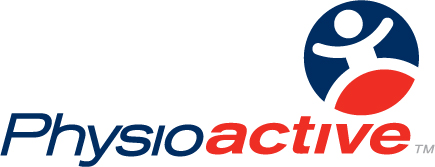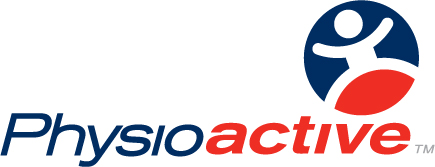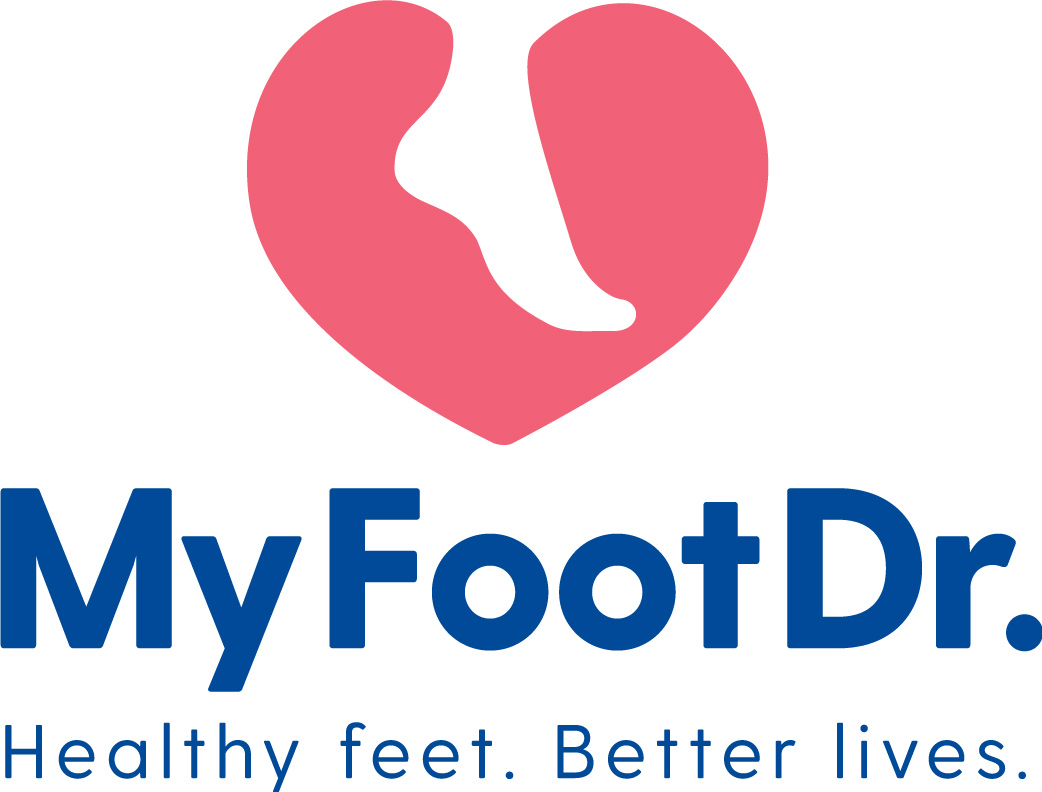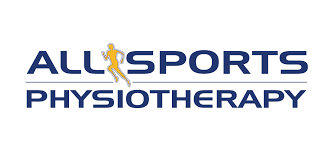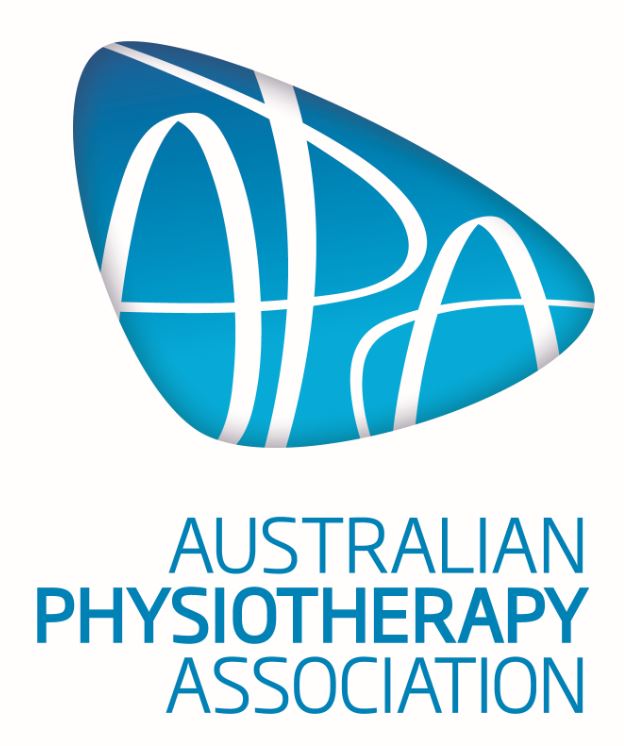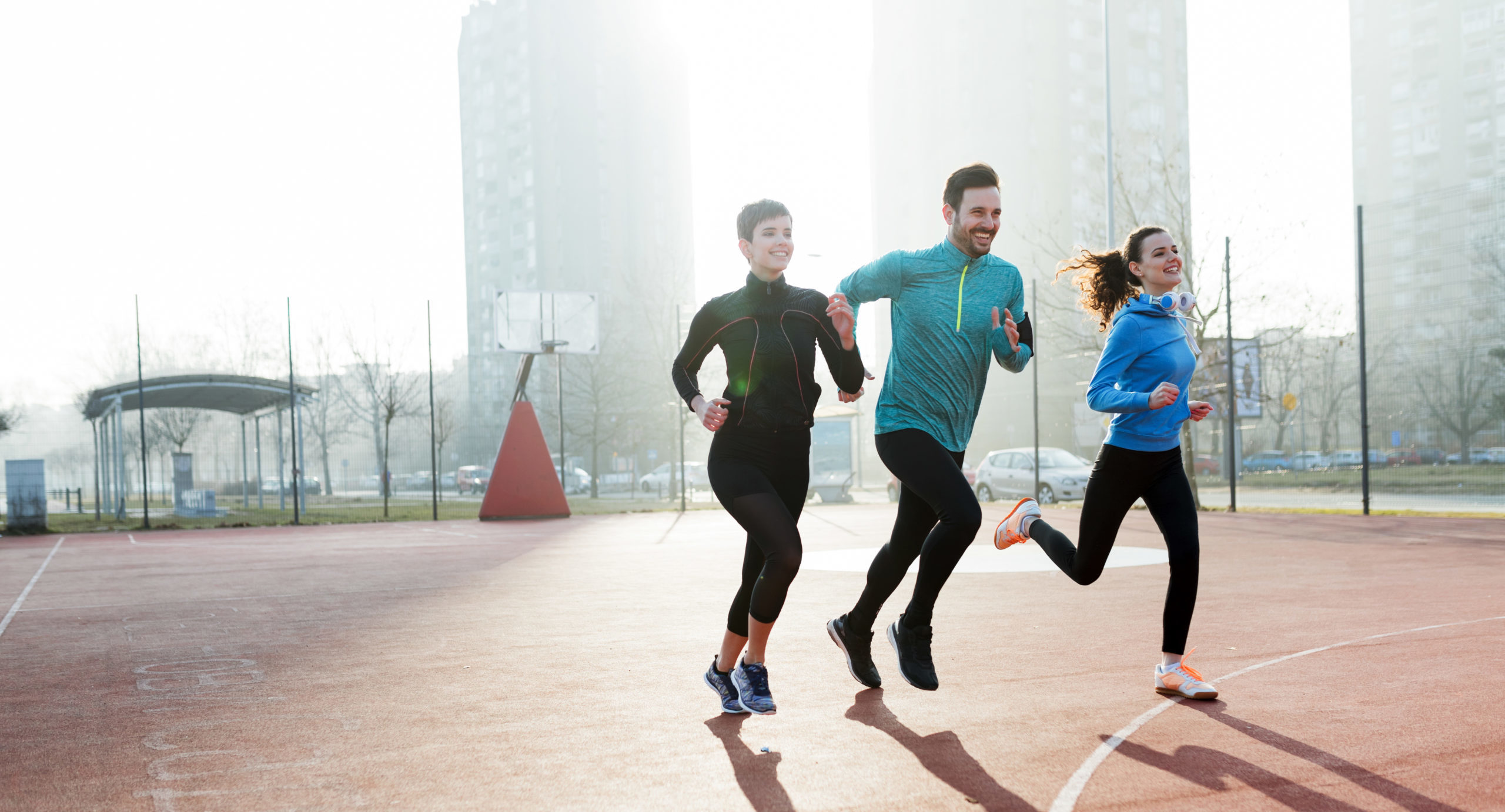
Welcome to Physioactive
Positioned in the heart of the medical precinct, Physioactive is well placed to serve the people of Ipswich and surrounding communities. As Ipswich grows, the practice continues to provide care to the local community, as well as attracting an increasing number of clients from the surrounding areas.

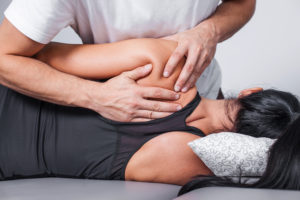
Our physiotherapists can assist with a variety of conditions affecting your neck, upper back, shoulders and headaches.
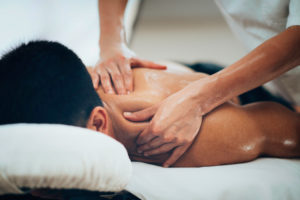
Therapeutic massage is helpful in the management of emotional and physical stress, anxiety and depression.
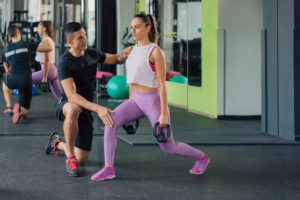
Our Exercise Physiology Services offer health and fitness assessments plus exercise and lifestyle programs for individuals recovering from injury or taking affirmative action to deal with.
Latest News
The role of Physiotherapy in the management of concussion
Written by Aidan Lunney - APA Sports & Exercise Physiotherapist
Over the last 10 years, the spotlight has certainly shone bright on acute head injuries, or as we know it - Concussion. Prior to this, it was often brushed to the side, seen as a badge of toughness and an injury that wasn't taken seriously because the damage wasn't visible. Having previously worked in schoolboy level, and now semi-professional state level Rugby League, the scary reality that is a concussion, or to be specific, a Traumatic Brain Injury and it's frequency has never been more pertinent to me. This year has seen the Australian Institute of Sport, in conjunction with the Australasian College of Sports & Exercise Physicians, Australian Physiotherapy Association and Sports Medicine Australia release the "2024 Concussion and Brain Health Position Statement". The importance of recognition, assessment and the role of appropriate rehabilitation was highlighted, particularly with a spotlight on the effectiveness of Physiotherapy intervention in managing and assisting in the return to play and performance process. This topic is what we will look to unpack and highlight in this blog piece, a topic that is a keen interest area of mine.
What is a Concussion?
A concussion is defined by the American Association of Neurological Surgeons (2024) as "an injury to the brain that results in temporary loss of normal brain function. Medically, it is defined as a clinical syndrome characterised by immediate and transient alteration in brain function, including alteration of mental status or level of consciousness, that results from mechanical force or trauma." Often, impairments in memory, judgement, reflexes, balance and muscle co-ordination are seen, or the individual reports a brief period fogginess or confusion, Concussions are often seen in large head collisions, however can also be more innocuous, requiring a high level of suspicion for everyone involved. Regardless of the severity or presentation, all head trauma should be taken seriously, considering current commentary and findings of Chronic Traumatic Encephalopathy (CTE) which is a degenerative brain disease resulting from recurrent head trauma.
How do we recognise a Concussion?
A concussion can be recognised by the following signs and symptoms:
High Velocity or Direct Head Collision
Confusion
Headache
Vision disturbances (double or blurry vision)
Dizziness or imbalance
Nausea or vomiting
Memory loss
Ringing ears (Tinnitus)
Difficulty concentrating
Sensitivity to light
Loss of smell or taste
Trouble falling asleep
Duration of Concussion Symptoms
What a tough question to answer! Current evidence tells us that physiological healing of our brain post a concussive episode is near complete at three week point post injury. However, despite these timeframes, we often see an array of longer lasting deficits following a concussive episode. People dealing with post-concussion syndrome, or longer lasting concussive symptoms continue to deal with symptoms related to:
Light and sound irritability
Balance and Vestibular issues
Short and Long Term Memory issues
Cognitive dysfunction
Autonomic Nervous System Dysfunction - e.g. fatigue and exercise intolerance
Neck and upper back pain
Headaches
Gaze stability and visual focus - difficulty with visual focus in both simple and complex scenarios.
What is the current management of a concussive episode?
Whilst sporting governing bodies across the globe adopt slightly variable management and return to play processes, it is important to understand and be aware of the core stages in managing a concussion, and subsequently safely returning to play. Variability presents itself across sporting codes policies when it comes to timeframes for graduated return to training stages and subsequent play. Following appropriate physical, cognitive and emotional rest, a graduated return to low intensity, followed by high intensity sport-specific training occurs. This occurs in conjunction with targeted rehabilitation that as Physiotherapists, we employ to target key areas such as balance, visual and neck/upper back impairments should they arise.
Example Return to Play process - image sourced from https://www.physio-pedia.com/Concussion_Treatment
How can Physiotherapy help with post-concussion symptoms?
Physiotherapy guided rehabilitation can be extremely effective in managing the spectrum of effects that are resultant of a concussion. Physiotherapist's are well versed in concussion specific assessment, diagnosis and holistic rehabilitation. Patient and contextually specific advice and education, targeted manual therapy and deficit specific rehabilitation in a patient specific, multi-disciplinary model is our approach here at Physioactive. With assistance from our Sports Registrar, Dr. Jack Cookson, who has a keen interest in concussion rehabilitation and can assist in timelines and return to work/play processes, we aim to work collaboratively with our patients in delivering an evidenced based, contemporary and patient specific rehabilitation profile. In this, ensuring a safe, progressive and all-encompassing return to performance profile occurs, exemplified in the diagram on the right.
How can we help you at Physioactive?
Offering a full suite of Sports Medicine and Allied Health Services, we at Physioactive are best placed to assist with your concussion management. To make an appointment, or for more information, please give us a call on 3281 8876 or visit our website at www.physioactive.com.au
References & Resources
2024 Concussion and Brain Health Position Statement - https://www.concussioninsport.gov.au/__data/assets/pdf_file/0004/1133545/37382_Concussion-and-Brain-Health-Position-Statement-2024-FA.pdf
Body Insurance Program - Your key to minimising your injury risk and improving your performance!
As the Christmas holidays approach, formal training, and conditioning start to wind down. As we should, we shift our focus to enjoying our time off after busy years, sporting seasons and training regimes. However, we often find the reload process post-Christmas, particularly for those with an injury history can be a common cause for physical break down, re-aggravation and the development of load related conditions.
Whilst Physiotherapist’s and Exercise Physiologist’s here at Physioactive specialise in the rehabilitation of sporting and musculoskeletal conditions, we work hard to emphasise the importance of injury prevention and forward planning. That doesn’t sound that exciting, does it? Think of it as “Body Insurance”, a free policy and plan you can undertake that research tells us is effective in maintaining and developing capacity, lowering the risk of injury, and keeping you primed for the season to come. Remove the need for formalities and the structured approach to exercise, these “prehab” programs are a small battery of targeted strengthening, stability or mobility-based exercises individually tailored to meet the needs of your injury history, current injury and return to activity goals.
Our musculoskeletal system is made up of five different tissues; bone, muscle, ligament, tendon, nerve, with each individual tissue positively and negatively reactive to certain stressors. Expert knowledge in these areas, along with targeted programming form the crux of the “Body Insurance preventative program.” Considerations around weekly exercise load (running, jumping etc), exposure to high impact exercises (pertinent for healthy bone load and tendon capacity), sport and age specific strengthening and balance training all come together to formulate this off-season gem.
To have a chat with one of our clinical team about these expert programs, feel free to contact our administration team at 3281 8876, or book online at www.physioactive.com.au
Written by Aidan Lunney – APA Titled Sports & Exercise Physiotherapist
Exercise For The Right Reasons: The Forgotten Benefits Of Exercise
When we think of Australia’s exercise recommendations of at least 2.5 hours of moderate exercise per week alongside two strength training sessions, many of us will immediately link this to helping maintain our physical and cardiovascular health, managing our weight, and preventing disease or conditions like diabetes.
Thanks to social media and the marketing tactics of the fitness and beauty industry, the view on exercise has been skewed to be a ‘must do’ chore or a punishment for eating tasty foods – a tick-list item that is necessary to achieve an “ideal” body. But there is so much more to exercise than what we see in advertisements and viral videos – and don’t just take our word for it – this is the exact theme of this year’s national Exercise Right Week campaign, which is aiming to change the unhealthy relationship with exercise that this dialogue in the media is creating, showing you that the real additional benefits of exercise have nothing to do with the number on a scale or the amount of kilometres on a tracking app.
